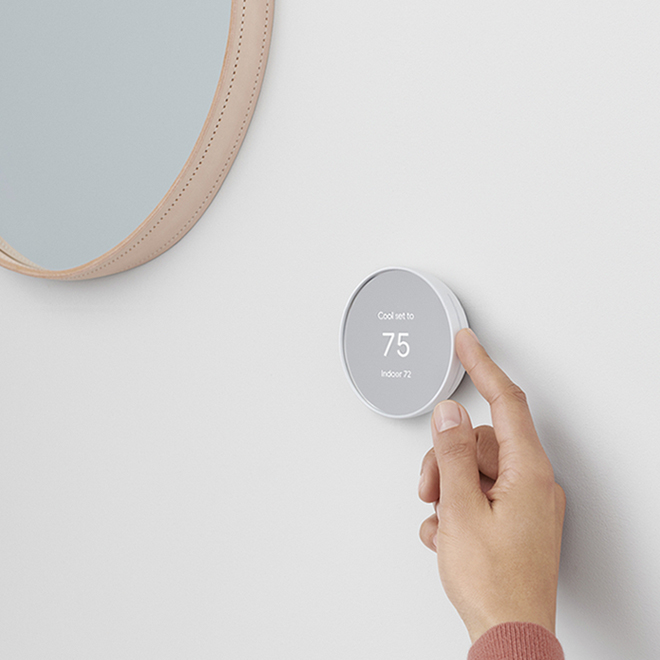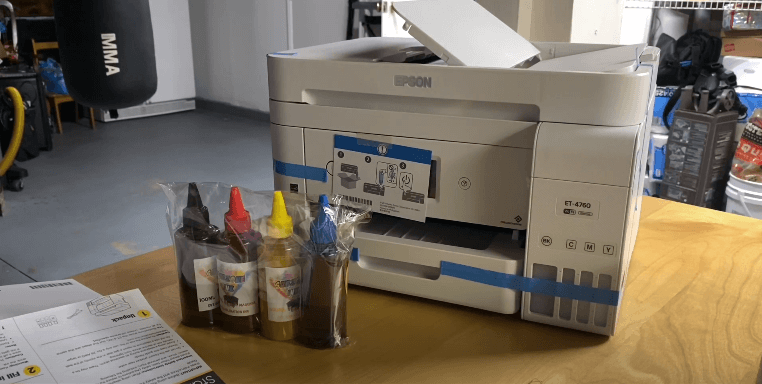Introduction
In the modern world, thermostats have become indispensable devices, quietly maintaining our desired indoor temperatures with ease. Whether you're in a cozy home, a bustling office, or a luxurious hotel room, you'll likely encounter these unassuming devices. But have you ever wondered how thermostats work? In this article, we will delve into the inner workings of thermostats, understanding their basic principles, and exploring the latest advancements that have given rise to smart, energy-efficient solutions.Basic Thermostat Principles
At its core, a thermostat is a temperature-regulating device that monitors the surrounding environment and activates heating or cooling systems to maintain a set temperature range. It consists of several components that work harmoniously to create a seamless heating or cooling experience.1.1 Temperature Sensor: The primary function of any thermostat is to sense the ambient temperature accurately. Traditional thermostats use a bi-metallic coil or a gas-filled tube to detect temperature changes. When the temperature increases, the coil expands, while in colder conditions, it contracts. This mechanical movement triggers the thermostat to switch the HVAC system on or off.
1.2 Switching Mechanism: The thermostat's switching mechanism is responsible for controlling the HVAC system. When the temperature deviates from the desired setpoint, the switching mechanism activates the heating or cooling system, maintaining a consistent temperature until the setpoint is reached.
1.3 Setpoint Control: The user sets the desired temperature using a dial, knob, or digital interface on the thermostat. The setpoint represents the target temperature range the thermostat tries to maintain.
Working of Traditional Thermostats
Traditional thermostats have been in use for decades and are known for their simplicity and reliability. Their basic operation follows these steps:Step 1: Sensing Temperature - The bi-metallic coil or gas-filled tube in the temperature sensor detects changes in temperature.
Step 2: Activating the Switch - Once the temperature reaches the setpoint, the temperature sensor triggers the switching mechanism.
Step 3: HVAC System Activation - The switching mechanism, usually a relay, turns on the heating or cooling system to maintain the desired temperature.
Step 4: Reaching Setpoint - As the indoor temperature approaches the setpoint, the thermostat signals the HVAC system to stop, preventing overheating or excessive cooling.
Advancements in Smart Thermostats
With the advent of the Internet of Things (IoT) and artificial intelligence, smart thermostats have revolutionized the way we control indoor environments. These sophisticated devices offer enhanced precision, convenience, and energy efficiency through the following features:3.1 Wi-Fi Connectivity: Smart thermostats connect to the internet via Wi-Fi, enabling remote access through mobile apps or web interfaces. Users can control their thermostats from anywhere, adjusting the temperature and schedule with ease.
3.2 Learning Algorithms: Many smart thermostats employ machine learning algorithms to adapt to users' preferences and daily routines. Over time, they analyze occupancy patterns, weather forecasts, and indoor temperature fluctuations to optimize heating and cooling schedules automatically.
3.3 Geofencing: Smart thermostats leverage geofencing technology to detect users' proximity to their homes. When a user approaches, the thermostat can adjust the temperature to ensure a comfortable environment upon arrival.
3.4 Energy Reporting: Smart thermostats provide energy consumption insights, allowing users to track their heating and cooling usage and make informed decisions to conserve energy and reduce utility bills.





